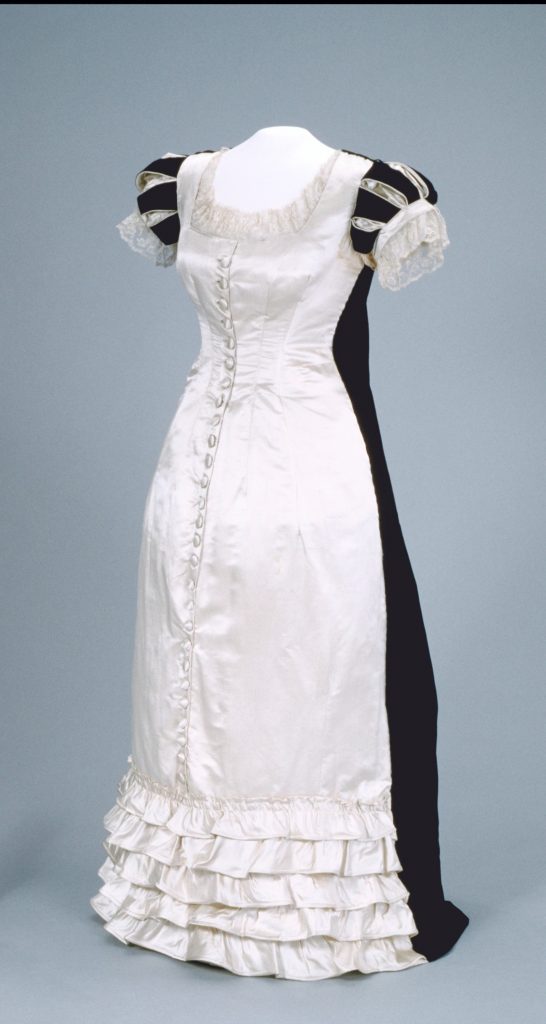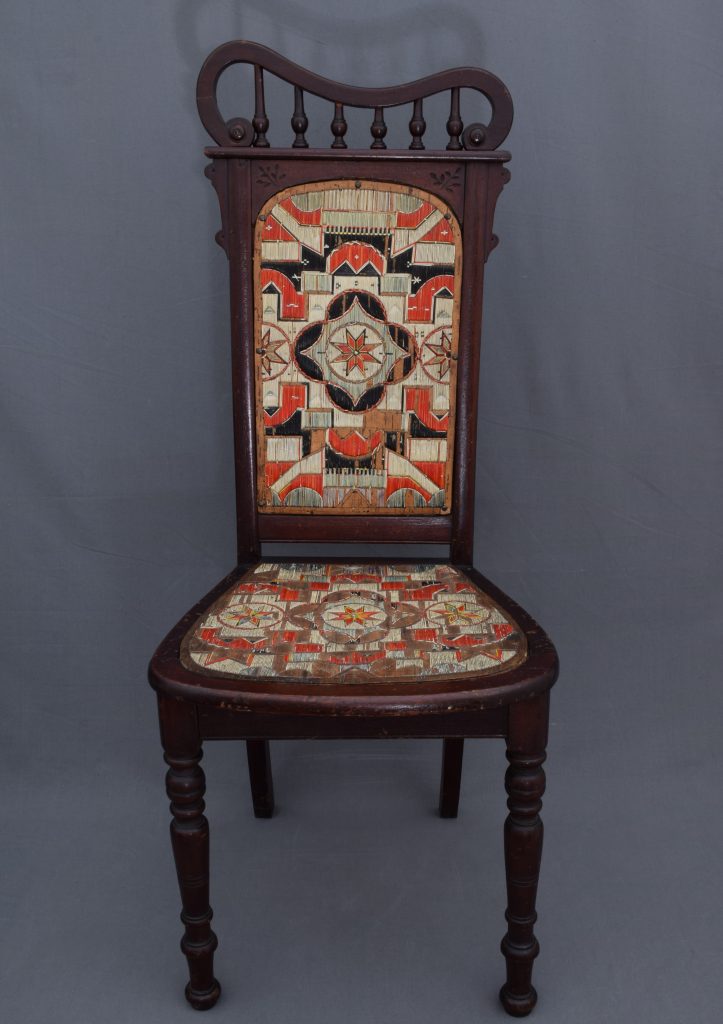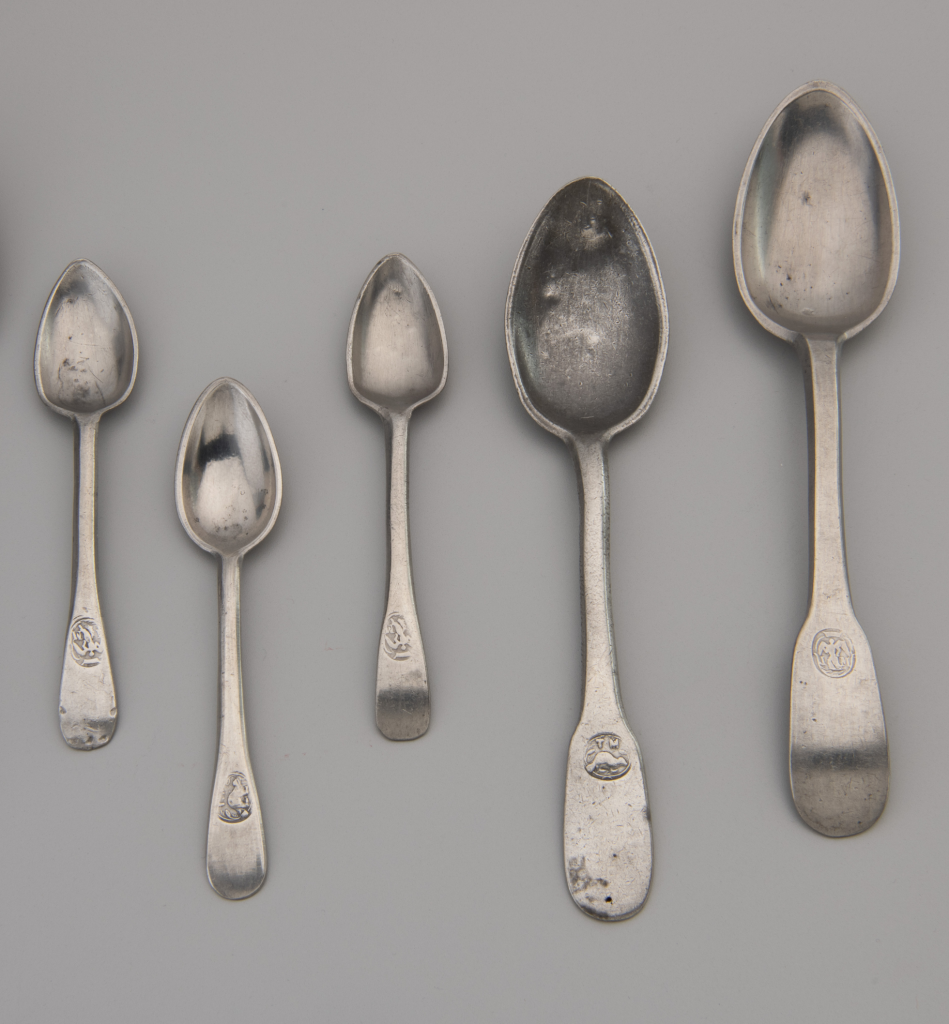Have you ever wondered how the Canadian Museum of History cares for its collections? In April, Museum members discovered the answer to this question and more during a special behind-the-scenes look at our conservation and preparation labs. During their tour, members enjoyed an exclusive opportunity to talk with the Museum’s conservators and preparators while also learning how important aspects of Canadian heritage are being preserved for future generations.

Dress
Canadian Museum of History, D-9891, CD1995-0513-051
Textile Conservator Brenna Cook was delighted to showcase a dress from the 1880s that was designed with references to the past, with the panelled puff sleeve imitating the renaissance and contemporary large pleats in the upper back. The dress’ condition was being assessed and it will undergo a conservation treatment where the silk satin has been damaged. It is currently under consideration for a loan to the McCord Museum in Montréal for an upcoming special exhibit.
In the Objects Lab, members also saw an exquisite chair that showcases the vibrancy and diversity of its Mi’kmaw craftsmanship. The chair is at the Museum for assessment, research and treatment to support the continuation of a long-term loan to the Nova Scotia Museum. Instead of traditional European upholstery, the back and seat are decorated with porcupine quill work. Some of the aniline dyes used on the quills are light sensitive and have faded over time.
Conservator Emily Lin coordinated research to determine how much more light exposure the chair could handle before the quill colours fade so greatly that they are no longer representative of the original artist’s intent. In the future, we hope to do further analysis to learn more about the inorganic pigments and dyes used in objects like the quillwork chair in the Museum’s collection. That will allow us to make the best possible decisions to ensure they are preserved for future generations.
If you would like to learn more about the conservation team’s work that your generous support helps make possible, explore the Museum’s blog, where you’ll find lots of interesting articles: historymuseum.ca/blog/category/conservation.
Tours like this are just one of the many benefits of membership. To learn more about Museum membership, please contact Stéphane Brazeau at 819-776-8378 or stephane.brazeau@historymuseum.ca.

Chair
Photo Credit: Emily Lin


